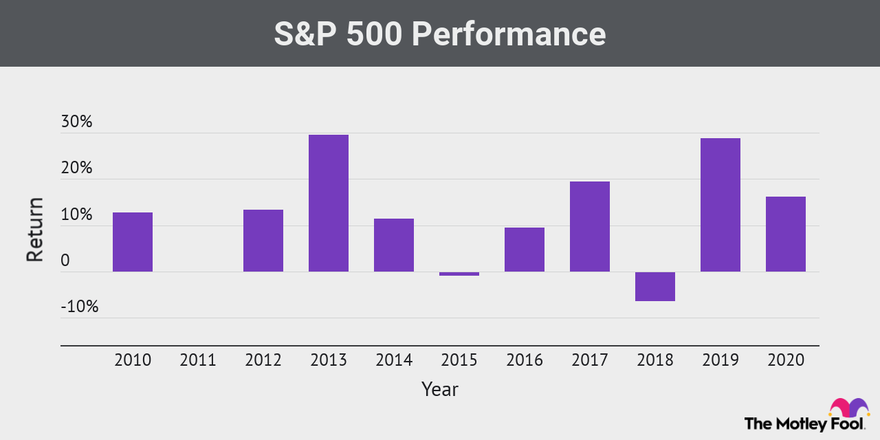You have one goal when you invest: to make money. And every investor wants to make as much money as possible. That's why you'll want to have at least a general idea of what kind of return you might get before you invest in anything.
Return on investment, or ROI, is a commonly used profitability ratio that measures the amount of return, or profit, an investment generates relative to its costs. ROI is expressed as a percentage and is extremely useful in evaluating individual investments or competing investment opportunities. But what is a good ROI?
What is a good rate of return?
There isn't just one answer to this question. A "good" ROI depends on several factors.
The most important consideration in determining a good ROI is your financial need. For example, suppose a young couple is investing to pay for college tuition for their newborn child. A good ROI for them will be one that enables their initial and ongoing investments to grow enough to pay for college expenses 18 years down the road.
This young family's definition of a good ROI would be different from that of a retiree who's seeking to supplement their income. The retiree would consider a good ROI to be a rate of return that generates sufficient recurring income to enable them to live comfortably. Of course, one retiree's definition of living comfortably could differ from another's, so their definitions of a good ROI could differ as well.
It's also important to consider what you're investing in to evaluate what would be a good rate of return. The following table shows compound annual growth rates (CAGR) -- rates of return that assume all profits are reinvested -- for several major popular investment assets from 1926 through 2019:
| Asset Type | Compound Annual Growth Rate (CAGR) |
|---|---|
| Small-cap stocks | 11.9% |
| Large-cap stocks | 10.2% |
| Government bonds | 5.5% |
| Treasury bills | 3.3% |
These different historical rates of return underscore a key principle to understand: The higher the risk of a type of investment, the higher the ROI investors will expect. Is a rate of return of 8% a good average annual return?
The answer is yes if you're investing in government bonds, which shouldn't be as risky as investing in stocks. However, many investors probably wouldn't view an average annual ROI of 8% as a good rate of return for money invested in small-cap stocks over a long period because such stocks tend to be risky.
Expectations for return from the stock market
Most investors would view an average annual rate of return of 10% or more as a good ROI for long-term investments in the stock market. However, keep in mind that this is an average. Some years will deliver lower returns -- perhaps even negative returns. Other years will generate significantly higher returns.
For example, the following chart shows the S&P 500 index returns for 2010-2020. This chart illustrates the kind of year-to-year volatility investors can experience with the stock market.

In two of the past 11 years, the S&P 500 had a negative return. In 2011, the index delivered a 0% return. In 2016, the S&P generated a positive return of 9.5%, but that was below the "good" ROI of 10% that investors prefer. Even with these subpar years, though, the S&P 500 delivered a CAGR of 11.4% during the entire period -- a very good ROI.
This combination of year-to-year volatility and long-term attractive gains underscores why a buy-and-hold strategy offers investors a better chance of achieving a good ROI.
You might lose money in any given year investing in stocks. Selling during those times, though, prevents you from benefiting from big gains later on. If you buy and hold stocks over the long term, your prospects for generating attractive returns will greatly improve.
Related investing topics
How to calculate return on investment
To determine if an ROI is good, you first need to know how to calculate it. The good news is that it's a really simple calculation:
ROI = (Ending value of investment – Initial value of investment) / Initial value of investment
The result is then presented as a ratio or percentage.
Suppose you invest $10,000 in a stock at the beginning of a year. By the end of the year, your stock has gone up enough to drive your overall investment to $11,000. What is your ROI? Let's plug the numbers into the formula:
ROI = ($11,000-$10,000) / $10,000 = 10%
Based on historical stock market returns, this investment has achieved a good ROI.






















































































































































































































